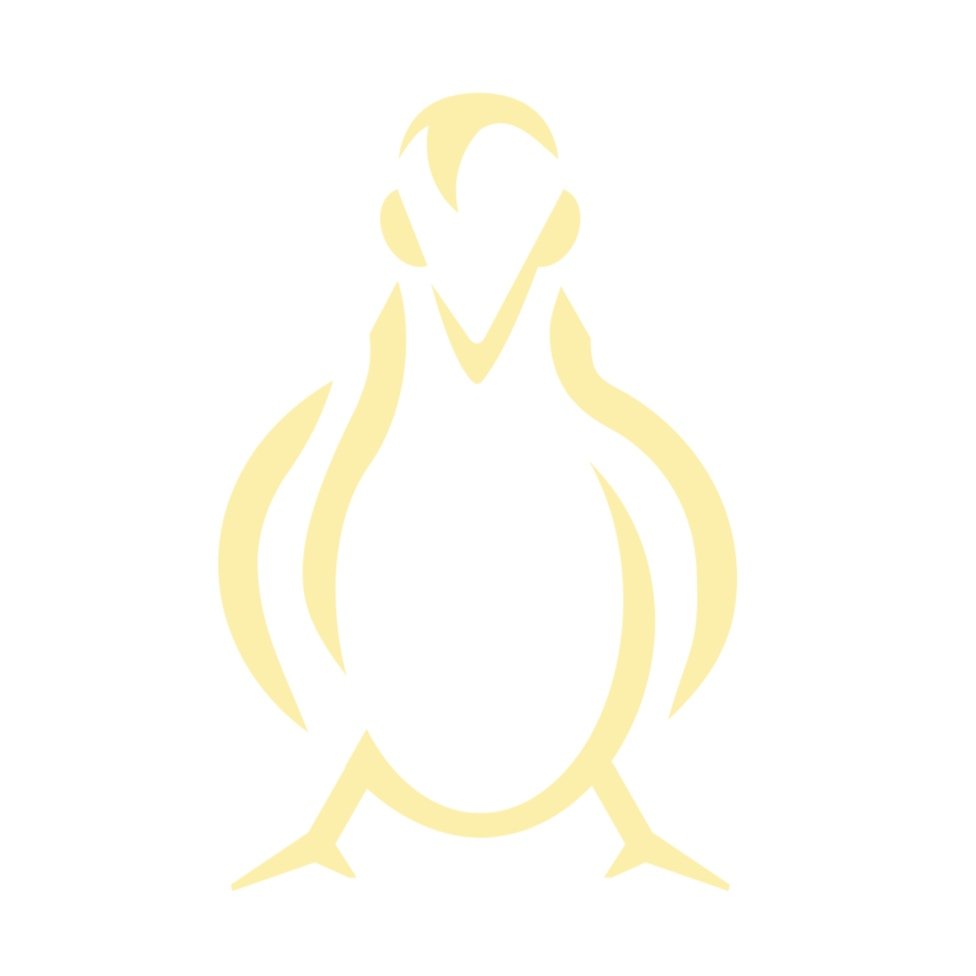Navigating Ice Fishing Auger Styles and Sizes: Cutting Through the Choices
In the realm of ice fishing gear, selecting the perfect auger has become a complex task. With an array of styles like Hand, Drill Adaptive, Electric, and Powered augers to choose from, the decision-making process is intricate. And that's not all – considering hole size and cutting style adds another layer of complexity to the equation. In this article, we aim to shed light on these variables and provide insights into the performance differences to help you make an informed choice.
Diving into Cutting Styles: Shaver, Chipper, and Curved Blades
Cutting style emerges as the first crucial factor to consider. Major manufacturers offer different blade designs, including Shaver, Chipper, and Curved blades. Each has its unique strengths and characteristics. After extensive testing and real-world field trials, we've found that the twin shaver blade design stands out as the best all-around performer.
Twin shaver blades excel in both punching new holes and reopening frozen-over ones. Their versatility and efficiency make them the preferred choice. Moreover, shaver blades are cost-effective to replace, especially when compared to chipper or curved blades. The aggressive nature of chipper blades, while effective at reopening holes, consumes more power and drains batteries faster, making them taxing on electric augers. Curved blades offer speed but also exert extra demand on batteries, and their higher replacement cost makes them less economical in the long run.
Eskimo, a leading manufacturer, echoes our findings. Their augers predominantly feature variations of the twin shaver blade design, demonstrating its effectiveness and widespread appeal
Deciphering Hole Size: Balancing Efficiency and Workload
Moving on to hole size, the age-old adage of "bigger is better" doesn't necessarily hold true for ice fishing augers. Every increase of two inches in cutting circumference translates to a staggering 60% increase in the work done by the auger, from cutting through ice to exhausting ice chips. Therefore, your choice of hole size plays a vital role in the efficiency of your ice fishing experience.
When comparing 8-inch and 10-inch models, the number of holes you can drill per charge on electric augers or per effort on human-powered hand augers varies significantly. Modern synthetic materials have minimized the weight disparity between 8-inch and 10-inch models. The ION Alpha series exemplifies this by offering synthetic augers in both size classes.
While an 8-inch hole can accommodate even large trophy fish, anglers targeting bigger species such as Pike and Lake Trout prefer the extra room of a 10-inch hole. In the context of ice fishing shelters, 10-inch holes were a popular choice for hard house anglers for years. However, the trend is shifting among wheel house anglers who frequently move locations during a fishing session. The increased workload of cleaning up after a 10-inch hole has led many wheel house owners to opt for 8-inch holes.
Making the Right Choice for Your Fishing Style
In conclusion, selecting the optimal cutting style and hole size for your ice fishing auger should be a deliberate decision based on your preferences and fishing approach. Twin shaver blades emerge as a versatile performer across various scenarios. When it comes to hole size, striking a balance between efficiency and workload is key. The 8-inch and 10-inch debate hinges on the species you target, shelter type, and your mobility requirements.
By understanding the performance differences between cutting styles and sizes, you can tailor your choice to match your specific needs and elevate your ice fishing experience to new heights. Remember, the perfect auger is the one that aligns seamlessly with your style on the ice.



